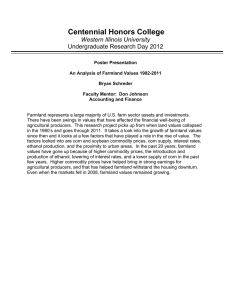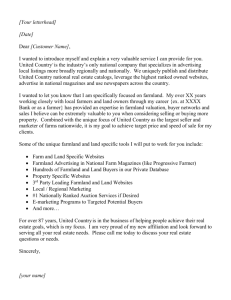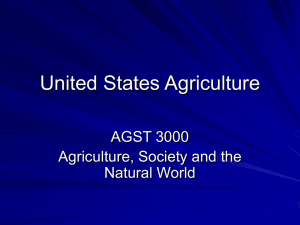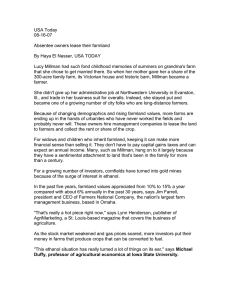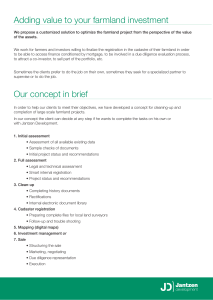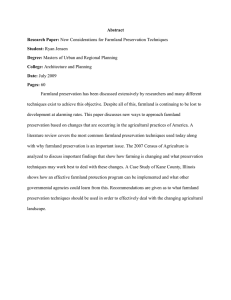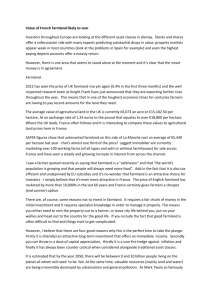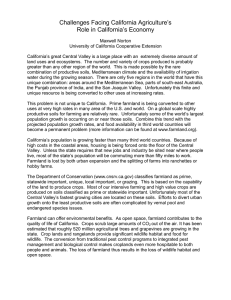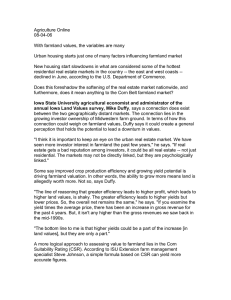Farmland Preservation
advertisement
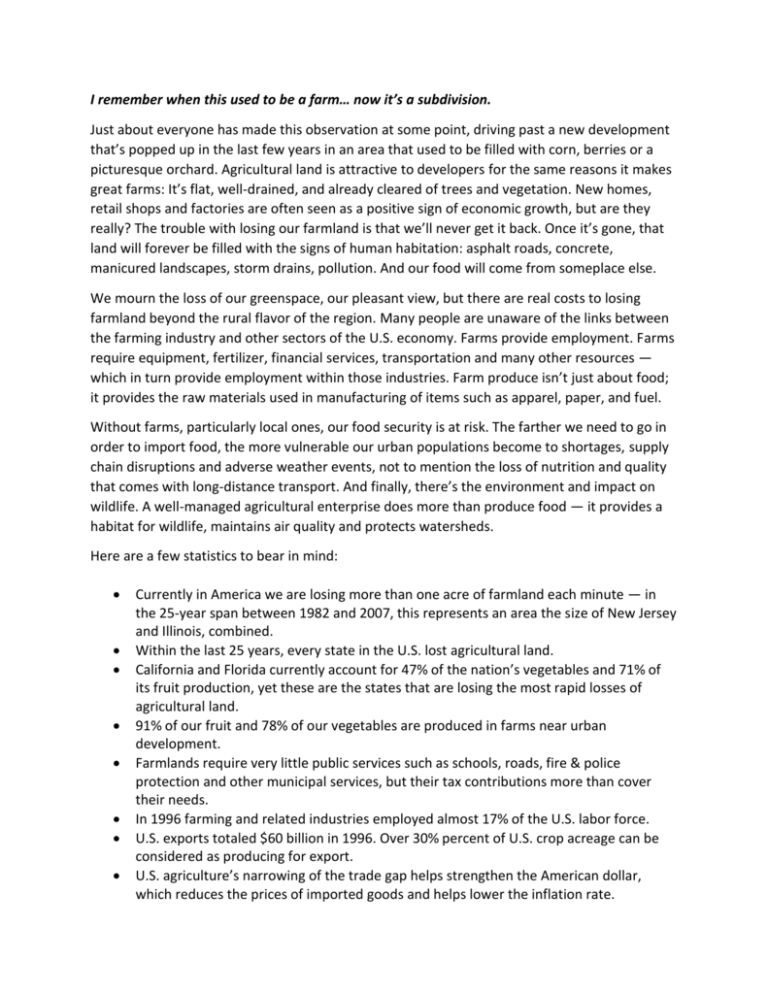
I remember when this used to be a farm… now it’s a subdivision. Just about everyone has made this observation at some point, driving past a new development that’s popped up in the last few years in an area that used to be filled with corn, berries or a picturesque orchard. Agricultural land is attractive to developers for the same reasons it makes great farms: It’s flat, well-drained, and already cleared of trees and vegetation. New homes, retail shops and factories are often seen as a positive sign of economic growth, but are they really? The trouble with losing our farmland is that we’ll never get it back. Once it’s gone, that land will forever be filled with the signs of human habitation: asphalt roads, concrete, manicured landscapes, storm drains, pollution. And our food will come from someplace else. We mourn the loss of our greenspace, our pleasant view, but there are real costs to losing farmland beyond the rural flavor of the region. Many people are unaware of the links between the farming industry and other sectors of the U.S. economy. Farms provide employment. Farms require equipment, fertilizer, financial services, transportation and many other resources — which in turn provide employment within those industries. Farm produce isn’t just about food; it provides the raw materials used in manufacturing of items such as apparel, paper, and fuel. Without farms, particularly local ones, our food security is at risk. The farther we need to go in order to import food, the more vulnerable our urban populations become to shortages, supply chain disruptions and adverse weather events, not to mention the loss of nutrition and quality that comes with long-distance transport. And finally, there’s the environment and impact on wildlife. A well-managed agricultural enterprise does more than produce food — it provides a habitat for wildlife, maintains air quality and protects watersheds. Here are a few statistics to bear in mind: Currently in America we are losing more than one acre of farmland each minute — in the 25-year span between 1982 and 2007, this represents an area the size of New Jersey and Illinois, combined. Within the last 25 years, every state in the U.S. lost agricultural land. California and Florida currently account for 47% of the nation’s vegetables and 71% of its fruit production, yet these are the states that are losing the most rapid losses of agricultural land. 91% of our fruit and 78% of our vegetables are produced in farms near urban development. Farmlands require very little public services such as schools, roads, fire & police protection and other municipal services, but their tax contributions more than cover their needs. In 1996 farming and related industries employed almost 17% of the U.S. labor force. U.S. exports totaled $60 billion in 1996. Over 30% percent of U.S. crop acreage can be considered as producing for export. U.S. agriculture’s narrowing of the trade gap helps strengthen the American dollar, which reduces the prices of imported goods and helps lower the inflation rate. Each dollar earned from agricultural exports stimulates another $1.32 of output in the U.S. economy. There’s hope…protection initiatives… this isn’t without precedent, other communities are seeing the value in farms In many areas of the U.S., local governments and consumer agencies are aware of the important role farmlands play in our economic success and our public and environmental health. Preservation of farmland is encouraged through zoning, financial incentives, legislature, and cultural change. Farmland on the edge of urban development is most at risk, but can also become a tremendous asset to their nearby urban areas. They can encourage tourism and recreation, and can provide specialty crops and livestock that are in demand within that geographic area to supply restaurants, ethnic populations and consumers who enjoy locally sourced, organic products. Protecting farmland from encroaching development requires cooperation from many different fronts. Local government agencies that recognize agriculture’s value to the local economy and standard of living must pass legislature that is farm-friendly, but that’s not enough on its own. Farm owners need to make a profit if they are to stay in business, and that requires having a strong market for the goods they produce, both locally and globally. They also need access to supporting industries, without which a farm cannot function. [graphic of smiling people working on a farm, and perhaps a you-pick, farmers market, or tourist farm stuff like autumn/kids/hayride/pumpkin patch etc.] With cooperation, this multi-faceted challenge is not insurmountable. Perhaps most important, we need to educate consumers — and voters — on how important farmland truly is to our country’s continued success. We need jobs, good food, scenic green space and wildlife diversity. And we need it right here, where we live, not in some distant land where real estate is less at risk of being swallowed by urban sprawl. After all, we are not just preserving farmland, we are preserving our culture.

